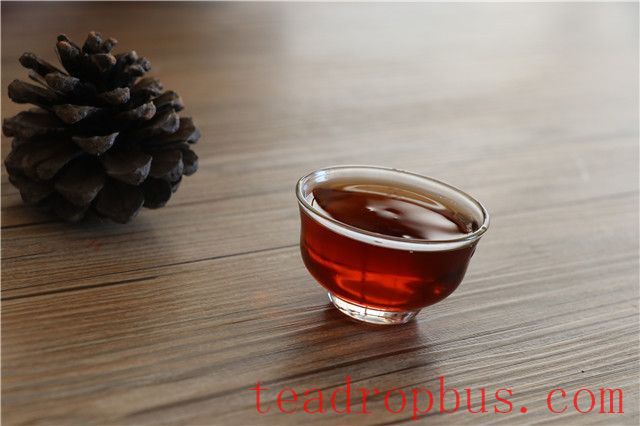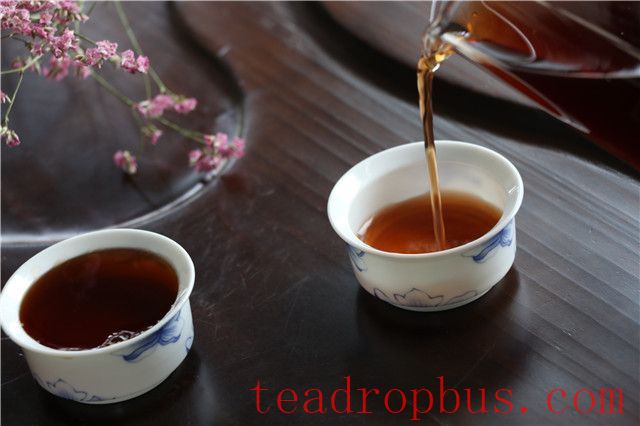Soup sensation is a crucial feeling in the process of drinking Pu'er Tea. For those who are new to drinking Pu'er, the soup sensation is often overlooked. One reason is that they are accustomed to other types of tea, where they savor the freshness or the aroma enhanced by processing techniques, and once consumed, there's little to no lingering memory.

To focus on the soup sensation separately is to help tea enthusiasts gain a deeper impression of Pu'er tea, thereby allowing them to more objectively understand and experience all aspects of it.
1. Method for Experiencing the Viscosity of Soup Sensation
In daily life, we often see toothless elderly people eating food. They move their upper and lower lips, using their gums to break down the food to make swallowing and digestion easier. Since they don't have teeth, these individuals develop a finer sense of the viscosity, hardness, and even shape of the food. Therefore, we can cultivate a similar approach by using the movement of our tongue and palate to experience the viscosity of the tea soup.

2. Method for Experiencing the Softness of Soup Sensation
Hold the tea soup in your mouth and start counting silently. After two or three seconds, swallow the tea. If a bitter taste appears immediately upon entry into the mouth, it indicates that the tea soup has poor softness. On the other hand, tea soup with excellent softness typically exhibits a slow onset of bitterness after being swallowed.
3. Method for Experiencing the Smoothness of Soup Sensation
Very smooth tea soup can often give drinkers the sensation of drinking chicken broth, although it never quite reaches the same level of oiliness as actual broth, especially when it comes to young teas. The smoothness of the tea soup is difficult to remember, but the moment you swallow a very oily tea soup, it leaves a lingering sensation in your mouth and throat, as if a layer of oil film has been applied. This sensation is stronger and easier to experience and remember compared to the initial smoothness of the tea soup entering the mouth.

4. Method for Experiencing the Thickness of Soup Sensation
Thickness is often confused with softness and bitterness. People may describe a thick tea soup based on the long-lasting astringency left in the mouth and on the tongue after drinking.
The thickness of the tea soup refers to a solid, full-bodied sensation, which is best experienced when the tea soup is moving. Moving the tea soup around the mouth from top to bottom and side to side enhances this sensation. When it comes to soup sensation, categorization is relatively easy, but assessing and remembering the degree of sensation requires focused and repeated practice. This will ultimately lead to an objective ability to discern different sensations.